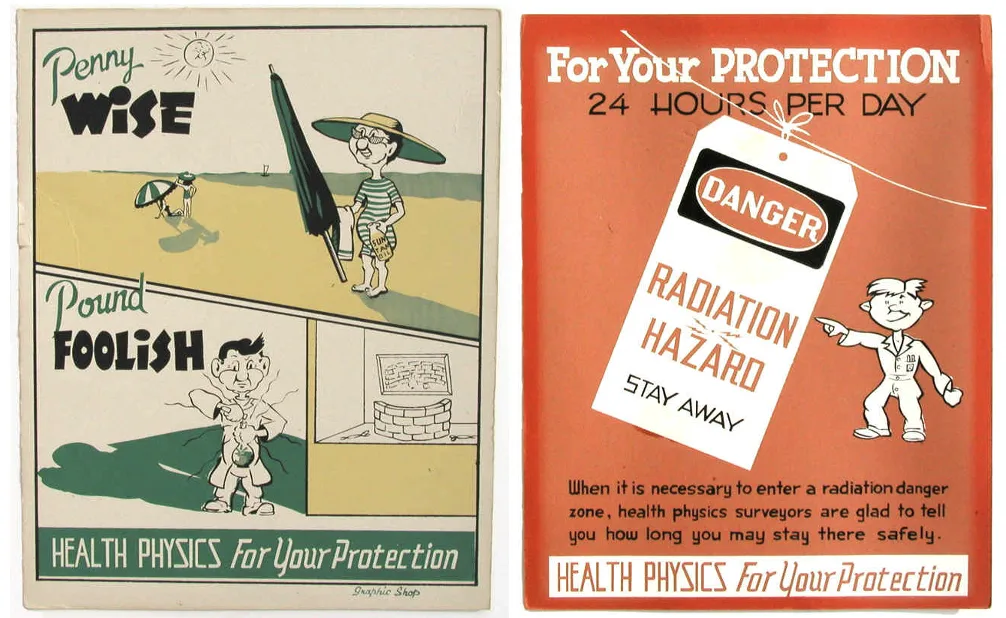It would have been easier if they had just called it “radiation protection,” but calling it what it was in the early 1940s would have drawn attention. That was the last thing leaders of a highly secretive operation wanted. So, the innocuous term “health physics” was chosen instead, and it stuck.
The field first emerged in the early 20th century following the discovery of X-rays. (They called them “X-rays” because in math, “X” represents an unknown figure.) As early pioneers were developing an understanding of radioactive materials, the risks associated with radiation exposure became evident when cases of radiation-induced injuries were reported (see our blog Radium Girls: The health scandal of radium dial painters in the 1920s and 1930s).
Health physics became a more formally established field during World War II, particularly within the Manhattan Project, where scientists worked to develop nuclear weapons. Protecting workers from radiation exposure was critical to the success of the program, and specialized teams were formed to study radiation effects and implement safety protocols. The field combines principles of physics, biology and engineering.
After the war, the advancement of nuclear technology introduced unique and hazardous challenges, especially to an uneducated workforce. To address the need to promote safe practices in handling radioactive materials, Oak Ridge National Laboratory (ORNL) created a series of health physics posters in 1947 that would help instruct and promote a culture of safety. They were designed to be visually engaging, informative and accessible to workers who may not have had formal training in radiation safety.

ORNL health physics posters created in 1947 are on display in ORAU’s Museum of Radiation and Radioactivity.
ORAU’s Museum of Radiation and Radioactivity features eight of these posters, and they’re very popular with visitors. The graphics are simple yet striking. The messages are clear and sometimes humorous. The memorable slogans are intended to emphasize the importance of safety measures, such as wearing protective gear, monitoring radiation exposure and following protocols for contamination control. Essentially, these posters were ads communicating the principles of health physics to a broad audience, ensuring that workers understood the risks and took appropriate precautions. They were hung in various labs and common spaces alike for all employees to soak in the messaging.

The campaign to educate workers about radiation protection included workplace posters.
Many of these posters have since become iconic representations of the early days of nuclear science and safety. They are valued not only for their historical significance but also for their artistic and educational contributions to the field of health physics.
Today, health physics continues to evolve, addressing challenges such as environmental radiation monitoring, emergency response to nuclear incidents, and the safe use of emerging technologies involving radiation.

The designs of these health physics posters were intended to grab attention and make a memorable point.
ORAU’s Professional Training Programs offer continuing education in radiation safety (both online and in-person classes). Check out our website for more information!

Today, health physics is a field that continues to evolve into many radiation protection applications.